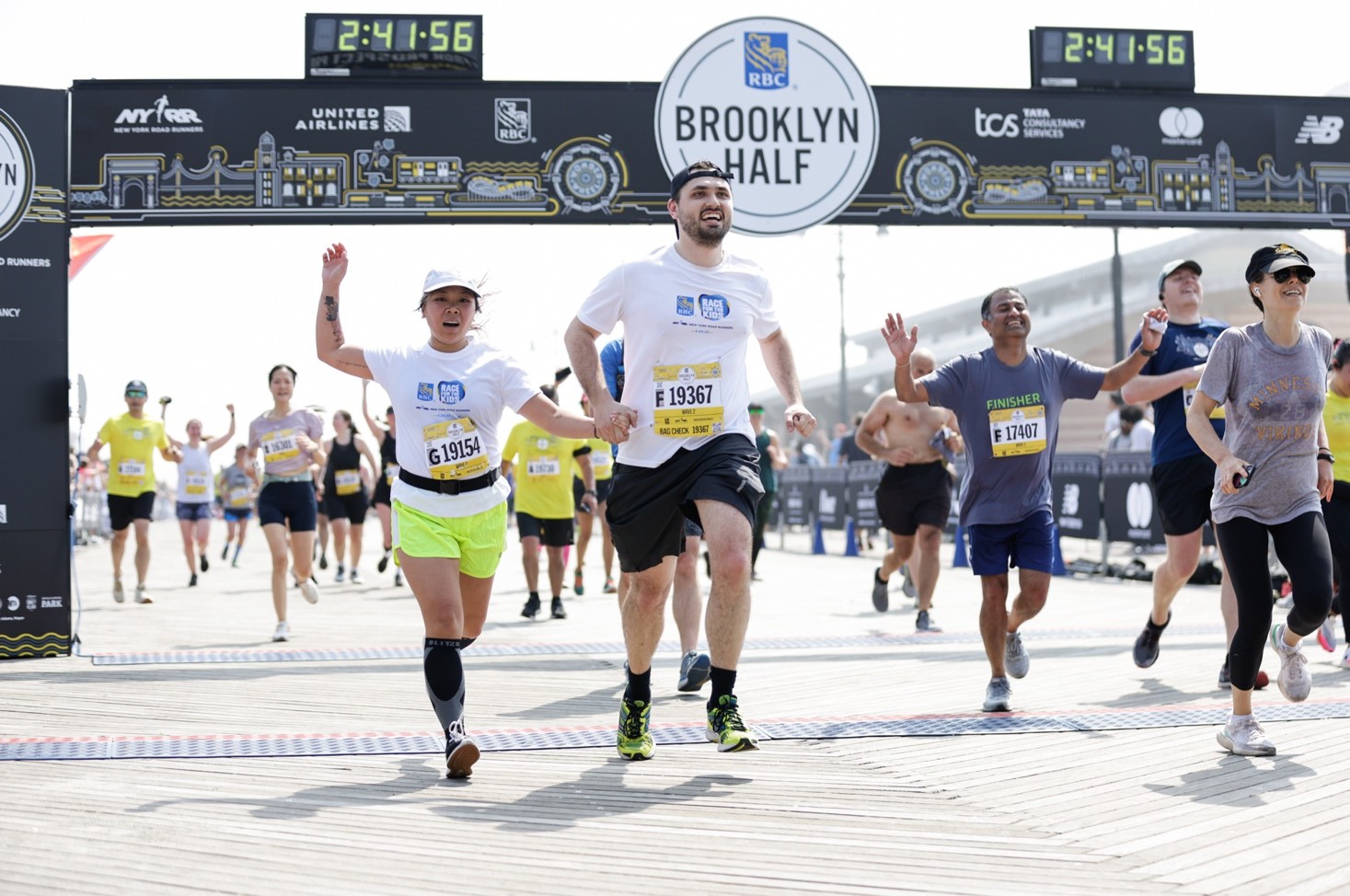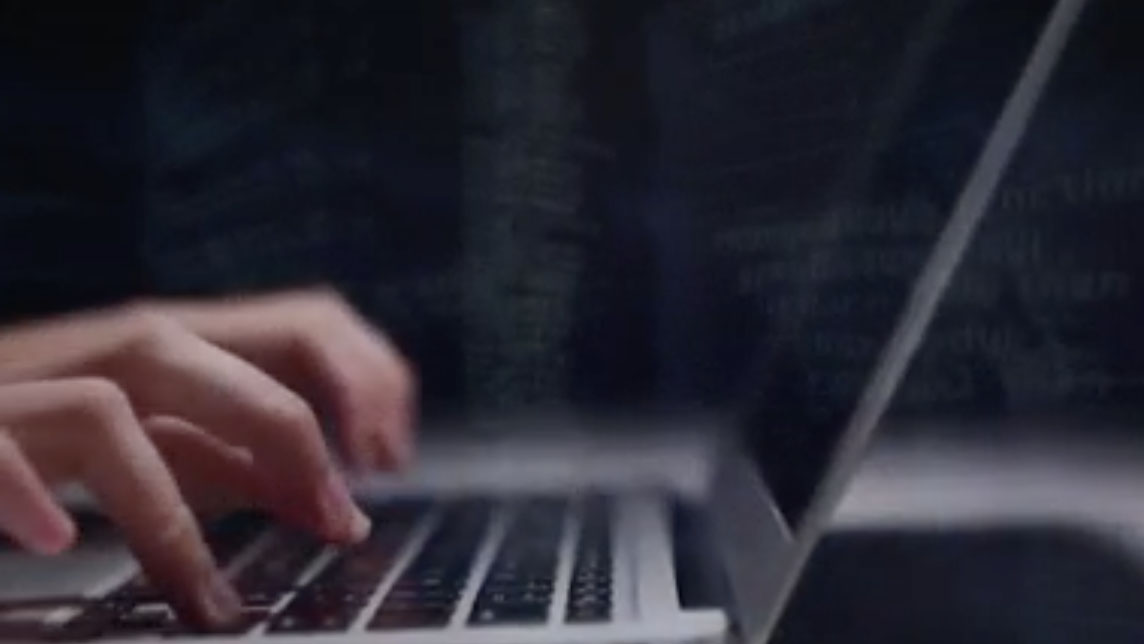Fare hikes went into effect on the Long Island Rail Road and Metro-North Rail Road on Friday, and by the end of the weekend, subway and bus riders will have to pay more, along with commuters who take bridges and tunnels.
LIRR and Metro-North fares are going up between 8 and 9 percent, depending on distance and ticket type.
On Sunday, subways and buses will cost at least a quarter more — $2.50 with a MetroCard and $2.75 for a single ride. Express buses are going up to $6.
A 30-day unlimited card is going up $8 to $112.
Fares on MTA bridges and tunnels also are going up on Sunday, with tolls at most crossings rising from $4.80 to $5.33 for E-ZPass customers, and from $6.50 to $7.50 for cash customers.
The increases are expected to bring in an additional $450 million a year for the MTA, which was struggling to close its budget deficit even before Sandy caused $5 billion in damage to the system.
For the first 44 years that subways were running, the price to ride was 5 cents and there were no fare increases. Here is a history of fare hikes on the city subways and buses.
Local
1904: subway opens, fare of 5 cents
1948: increases to 10 cents
1953: 15 cents; fares now apply to bus lines
1966: 20 cents.
1970: 30 cents
1972: 35 cents
1975: 50 cents.
1980: 60 cents.
1981: 75 cents
1984: 90 cents
1986: $1
1990: $1.15
1992: $1.25
1995: $1.50
1997: free transfers between buses and subways begin.
1998: unlimited-ride MetroCards introduced. A 30-day card costs $63.
2003: single-ride fare increases to $2. Thirty-day MetroCard increases to $70.
2009: single-ride fare increases from $2 to $2.25, 30-day MetroCard goes up to $89 from $81



